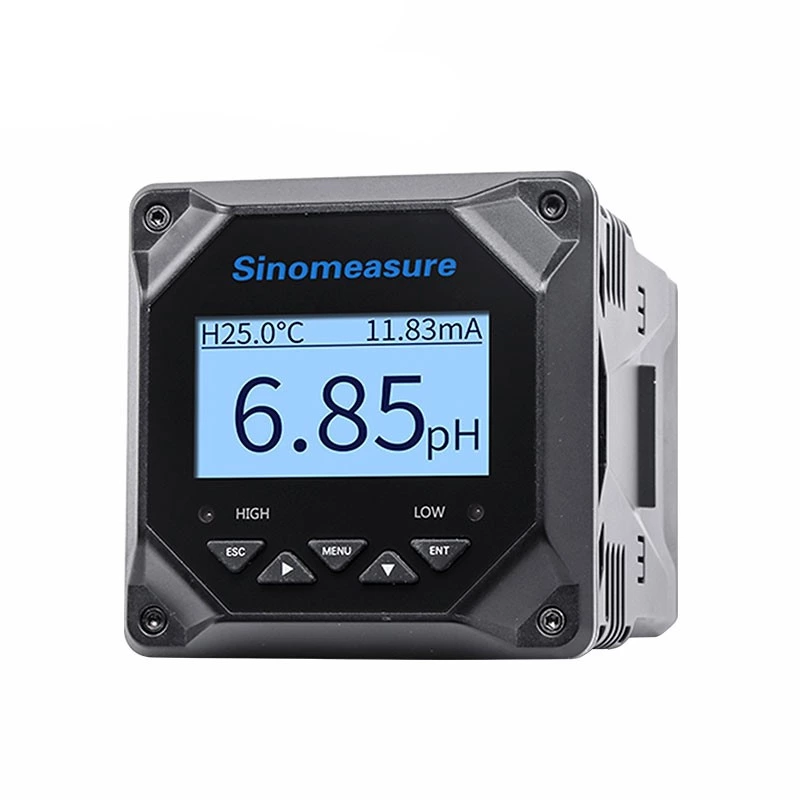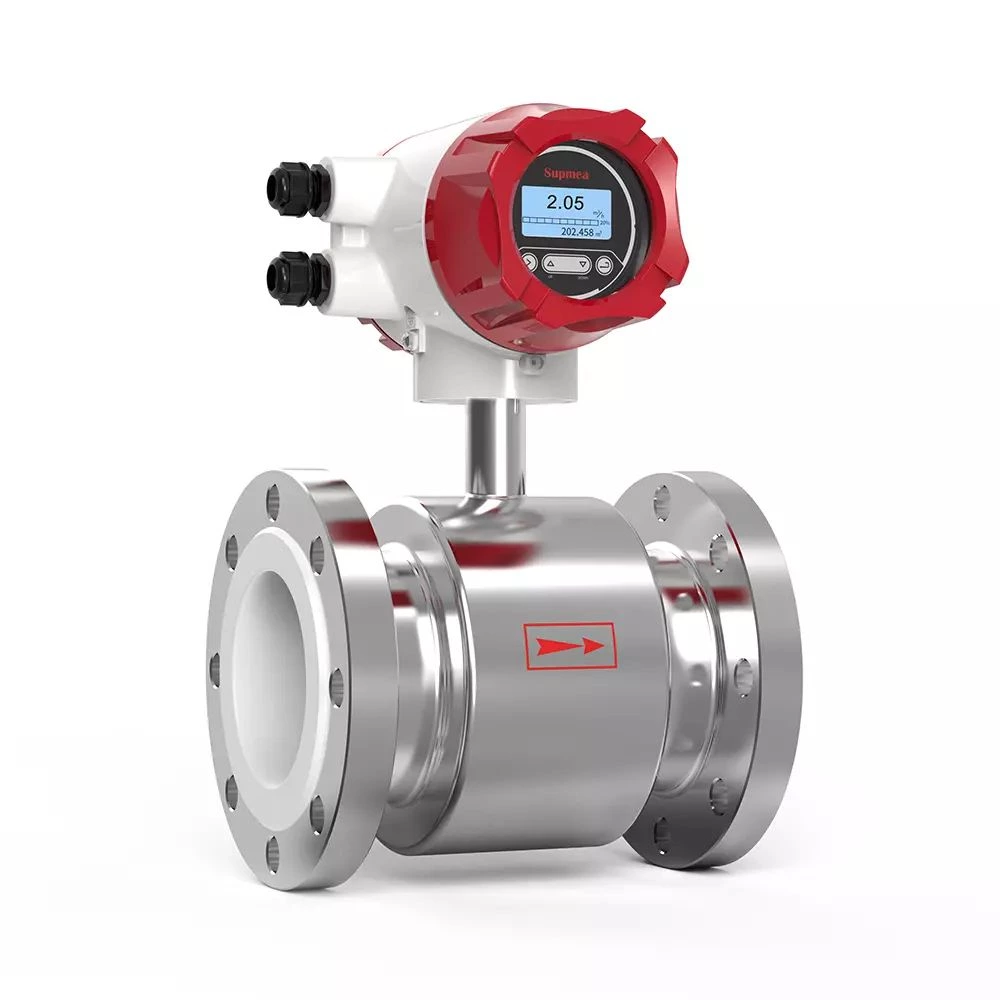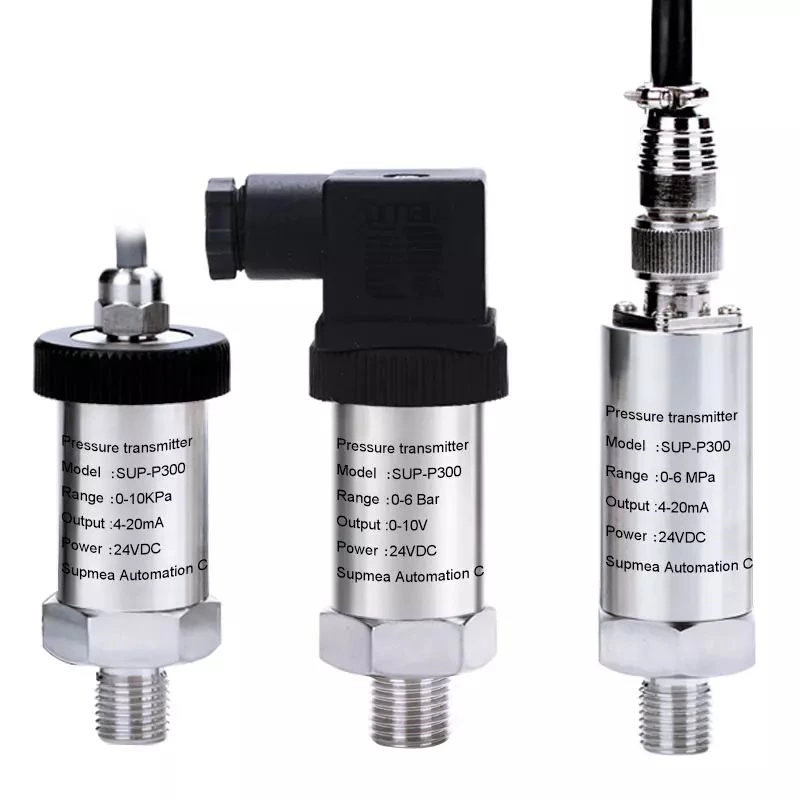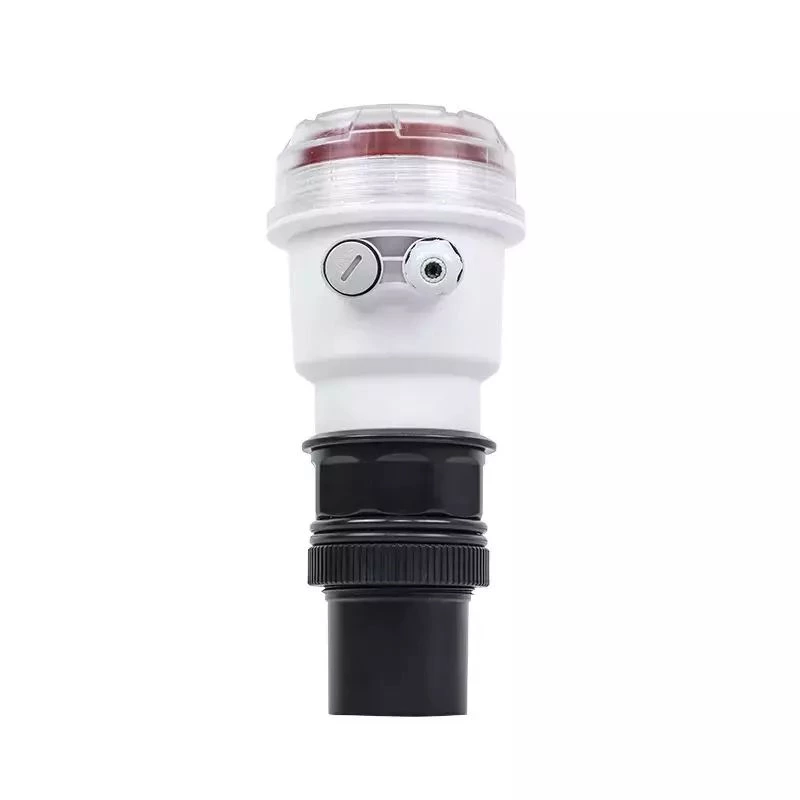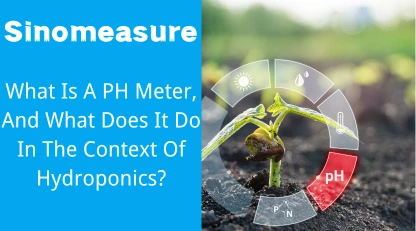Turbidity measurement is a critical aspect of water quality analysis, providing insights into the clarity and purity of liquids by assessing the presence of suspended particles. In various industries, from environmental monitoring to beverage production, understanding and controlling turbidity is essential. In this article, we delve into the concept of turbidity, its significance, measurement techniques, and its real-world applications.
Introduction
Turbidity, in simple terms, refers to the cloudiness or haziness of a liquid caused by the presence of suspended particles, such as sediment, algae, or other impurities. While it doesn't indicate the specific type of particles present, turbidity serves as an indicator of overall water quality.
What is Turbidity?
Turbidity is primarily caused by light scattering and absorption by these suspended particles in a liquid. As light passes through the liquid, it interacts with the particles, causing the light to scatter in various directions. The degree of scattering is directly related to the size, shape, and concentration of the particles.
The Importance of Turbidity Measurement
Turbidity measurement holds immense importance across different sectors. In environmental analysis, it helps assess water quality, indicating pollution levels and the effectiveness of water treatment processes. In drinking water treatment, monitoring turbidity ensures that filtration systems are functioning optimally, providing safe and clear drinking water to communities.
Methods for Turbidity Measurement
Turbidity measurement is an important process in many industries, including water treatment, food and beverage production, and pharmaceutical manufacturing. There are several methods available for measuring turbidity, each with its own advantages and disadvantages.
One of the most common methods for turbidity measurement is nephelometry. This method involves shining a light through a sample and measuring the amount of scattered light. The amount of scattered light is directly proportional to the turbidity of the sample. Nephelometry is a highly sensitive method that can detect very low levels of turbidity, but it can be affected by the color of the sample and can be time-consuming.
Another method for turbidity measurement is turbidimetry. This method also involves shining a light through a sample, but instead of measuring scattered light, it measures the amount of light that is absorbed by the sample. The amount of absorbed light is inversely proportional to the turbidity of the sample. Turbidimetry is a quick and easy method that is not affected by the color of the sample, but it may not be as sensitive as nephelometry.
A third method for turbidity measurement is using a turbidity meter. A turbidity meter measures the amount of light scattered by particles in a sample using a photodetector. This method is highly accurate and can be used to measure turbidity in real-time, making it ideal for process control applications. However, it can be expensive and requires regular calibration.
There are also several other methods for turbidity measurement, including visual comparison using a turbidity tube, which involves comparing the turbidity of a sample to a standard solution, and laser diffraction, which uses laser light to measure the size and distribution of particles in a sample.
When choosing a method for turbidity measurement, it is important to consider factors such as sensitivity, accuracy, speed, cost, and ease of use. Each method has its own strengths and weaknesses, and the best method will depend on the specific application and requirements.
Turbidity Standards and Units
Turbidity measurement requires standardized units for accurate comparison. Formazin standards, made from polymer particles, are commonly used. Nephelometric Turbidity Units (NTU) and Jackson Turbidity Units (JTU) are widely accepted units, helping define turbidity levels in diverse applications.
Turbidity in Environmental Analysis
In environmental monitoring, turbidity serves as an indicator of water quality. High turbidity levels can indicate sediment runoff, pollution, or algal blooms, impacting aquatic ecosystems and requiring mitigation strategies.
Turbidity's Role in Drinking Water Treatment
Maintaining low turbidity is crucial in drinking water treatment. High turbidity can lead to issues in filtration, allowing harmful particles and pathogens to pass through. Regulatory standards often dictate maximum allowable turbidity levels in treated water.
Industrial Applications of Turbidity Measurement
Turbidity measurement is a critical aspect of various industrial applications, where the clarity of liquids and gases is essential. It is a measure of the cloudiness or haziness of a fluid caused by the presence of suspended particles, such as dust, sediment, or other impurities. Turbidity measurement plays a vital role in ensuring the quality of water, beverages, pharmaceuticals, and other products. It is also used in industrial processes such as wastewater treatment, chemical manufacturing, and food processing.
One of the primary applications of turbidity measurement is in the water industry. It is used to monitor the quality of drinking water and ensure that it meets the required standards. Turbidity measurements are also used to monitor the effectiveness of water treatment processes such as filtration. In addition, turbidity measurements are used in the monitoring of wastewater treatment processes, where it helps to determine the efficiency of the treatment process and ensure compliance with environmental regulations.
In the food industry, turbidity measurement is used to monitor the clarity of beverages such as beer and wine. The presence of suspended particles can affect the flavor and appearance of these products. Turbidity measurements are also used in the production of fruit juices and other beverages to ensure that they are clear and free from sediment.
Turbidity measurement is also used in the pharmaceutical industry to monitor the purity of drugs and other products. The presence of impurities can affect the efficacy and safety of these products. Turbidity measurements are used to ensure that pharmaceutical products are free from particles and other impurities.
In chemical manufacturing, turbidity measurement is used to monitor the clarity of chemical solutions and suspensions. The presence of impurities can affect the quality and consistency of these products. Turbidity measurements are used to ensure that chemical products meet the required standards.
Turbidity measurement plays a crucial role in ensuring the quality and safety of various products in different industries. It is an essential tool for monitoring the clarity of liquids and gases and ensuring compliance with regulatory standards. With its wide range of applications, turbidity measurement remains an indispensable technology in industrial processes.
Challenges in Turbidity Measurement
Turbidity measurement is a crucial aspect of water quality monitoring. However, there are several challenges associated with this process that can affect the accuracy of the results. One of the major challenges is the presence of particles in the water that can interfere with the measurement. These particles can scatter light and create false readings, leading to inaccurate results.
Another challenge is the variability in the size and shape of the particles. Different types of particles can scatter light differently, and this can affect the accuracy of the measurement. In addition, the shape of the particles can also affect the way light is scattered, making it difficult to obtain consistent results.
The type of light source used in turbidity measurement can also be a challenge. Some sources may emit light at a specific wavelength, which may not be suitable for all types of particles. This can lead to inaccurate readings and affect the overall reliability of the measurement.
The calibration of turbidity meters is also an important factor that can affect the accuracy of the results. If the meter is not calibrated properly, it can lead to incorrect readings and affect the overall reliability of the measurement.
Furthermore, environmental factors such as temperature and pH levels can also affect turbidity measurements. Changes in these factors can alter the properties of the particles in the water, leading to inaccurate readings.
Despite these challenges, there are several methods that can be used to improve the accuracy of turbidity measurements. These include using multiple light sources with different wavelengths, using filters to remove unwanted particles, and ensuring that the meter is calibrated properly.
Future Trends in Turbidity Measurement
As technology advances, turbidity measurement is becoming more sophisticated. Integration with IoT (Internet of Things) devices and improved data analytics are shaping the future of real-time turbidity monitoring.
Conclusion
Turbidity measurement serves as a crucial tool in assessing water quality, guiding environmental conservation efforts, and ensuring the safety of drinking water and industrial processes. With evolving measurement techniques and a growing awareness of its significance, turbidity measurement continues to play a vital role in various fields.
FAQs
Q1: What causes high turbidity in water?
High turbidity can be caused by soil erosion, industrial discharge, and excessive algal growth.
Q2: How does turbidity affect aquatic life?
Elevated turbidity levels can block sunlight penetration, affecting aquatic plant growth and disrupting food chains.
Q3: Are there portable turbidity measurement devices?
Yes, portable turbidity meters are available, allowing on-site water quality assessment.
Q4: Can turbidity impact the taste of beverages?
Yes, turbidity can influence the visual appearance and taste perception of beverages.
Q5: What role does turbidity play in wastewater treatment?
Monitoring turbidity in wastewater helps assess treatment efficiency and compliance with regulations.

